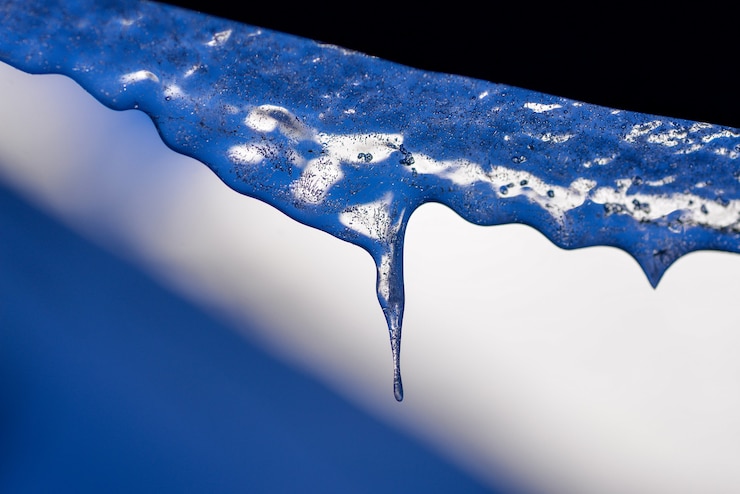Waterproofing Membranes
Waterproofing Membranes: The Ultimate Protection Against Moisture

Waterproofing membranes are essential for protecting buildings from water damage, mold, and structural decay. Whether you're sealing a foundation, roof, or bathroom, choosing the right membrane ensures long-term durability and performance.
What Are Waterproofing Membranes?
Waterproofing membranes are barrier systems designed to prevent water from penetrating surfaces. They’re used in construction to protect vulnerable areas like:
- Foundations
- Roofs
- Bathrooms
- Balconies
- Wet rooms and podiums
These membranes come in liquid-applied or sheet-based forms, each offering unique benefits depending on the surface and project complexity.
Types of Waterproofing Membranes
| Type | Description | Best Use |
|---|---|---|
| Liquid-Applied | Seamless, cures into a flexible layer | Irregular surfaces, detailed areas |
| Sheet Membranes | Pre-formed rolls (bitumen, PVC, rubber) | Large, flat surfaces |
| Torch-On Membranes | Bituminous sheets applied with heat | Flat roofs, exposed areas |
| Self-Adhesive Membranes | Peel-and-stick sheets | Quick installations |
| Cementitious Membranes | Cement-based coatings | Basements, water tanks |
Key Features to Look For
When selecting a waterproofing membrane, consider:
- Durability: UV resistance, chemical stability, puncture resistance
- Flexibility: Ability to bridge cracks and adapt to movement
- Ease of Installation: Liquid vs. sheet, surface prep requirements
- Adhesion: Compatibility with substrate materials
- Maintenance Needs: Long-term upkeep and repairability
Application Areas
Waterproofing membranes are used in:
- Foundations: Prevent groundwater ingress
- Roofs: Protect against rain and weather
- Bathrooms & Kitchens: Stop moisture from seeping into walls/floors
- Balconies & Terraces: Resist outdoor exposure
- Basements: Guard against rising damp
Installation Best Practices
To ensure effectiveness:
- Start with a clean, dry surface
- Follow manufacturer instructions closely
- Overlap seams properly for sheet membranes
- Use primers or bonding agents if required
- Avoid stretching or puncturing the membrane
- Allow proper curing time for liquid membranes
Common Challenges & Maintenance Tips
| Issue | Solution |
|---|---|
| Punctures/Tears | Patch with compatible material |
| Blistering/Bubbling | Improve ventilation, inspect for trapped moisture |
| Edge Lifting | Re-seal edges promptly |
| Surface Contamination | Clean regularly to maintain adhesion |
FAQS
Can waterproofing membranes be painted over?
Yes, but only if the membrane is compatible with paint. Always check manufacturer guidelines.
Are they environmentally friendly?
Some membranes use eco-friendly materials. Look for products with sustainability certifications.
What’s the lifespan of a membrane?
Typically 10–25 years, depending on material, exposure, and maintenance.
Do they affect indoor air quality?
Quality membranes help manage moisture and reduce mold, improving air quality.
DIY or professional installation?
DIY is possible for small projects, but complex jobs benefit from professional expertise.
Final Thoughts
Waterproofing membranes are your building’s first line of defense against moisture. By choosing the right type, installing it properly, and maintaining it over time, you ensure your structure stays dry, safe, and durable for years to come.




